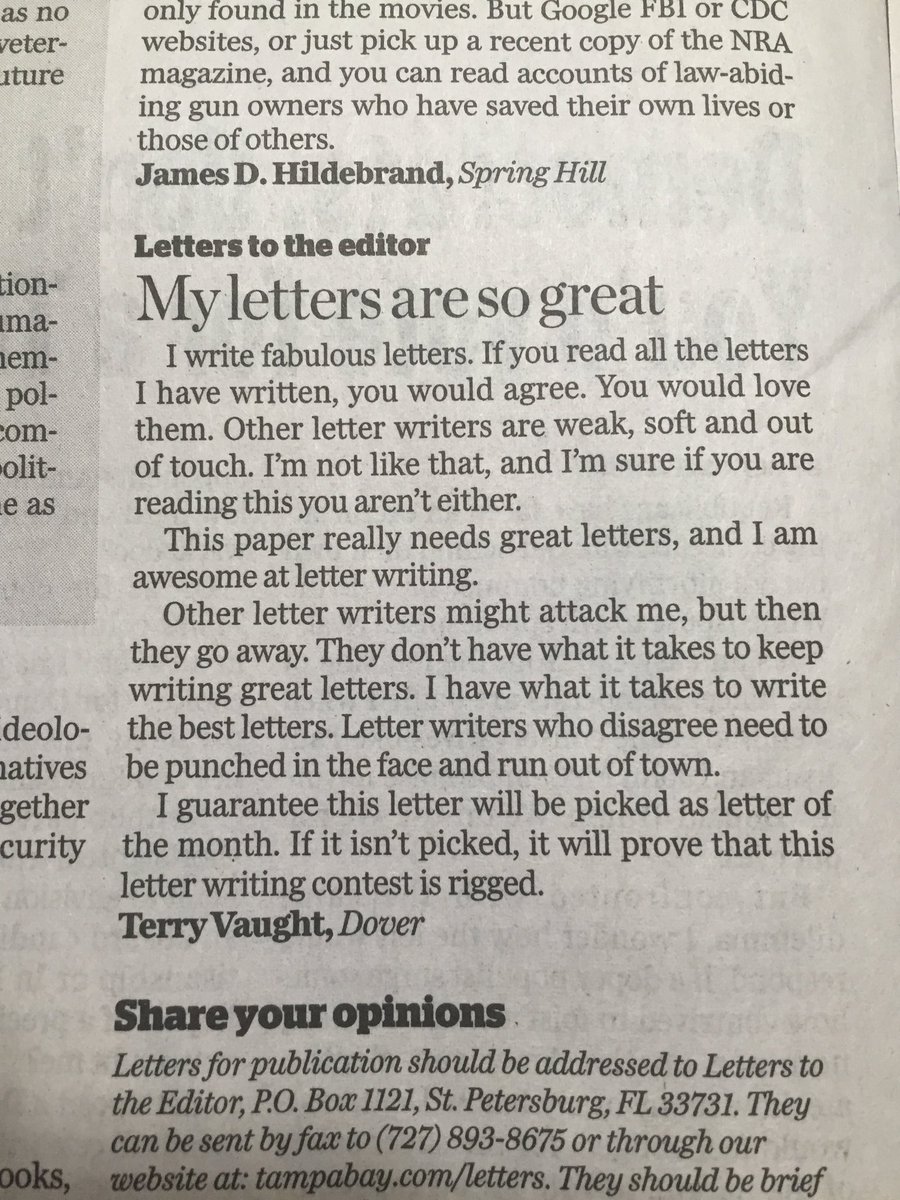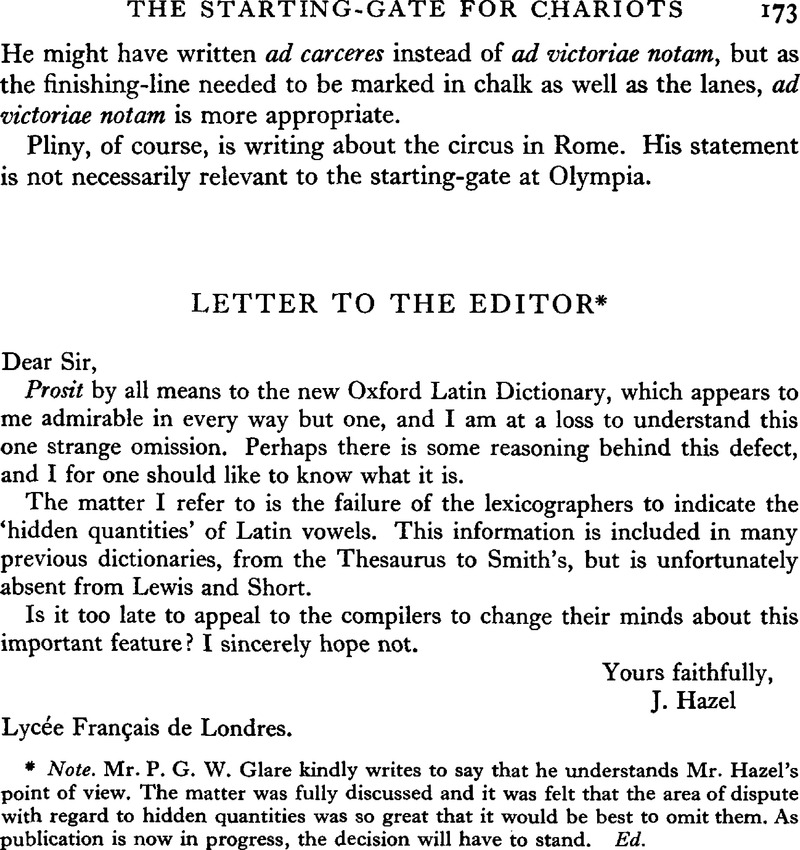
With daily newspapers, for example, an LTE received within a day or two stands a far better chance of appearing than one submitted later. The sooner you submit a letter in response to a story or opinion piece, the more likely it will be published. If you need some ideas of what to write about in your letters, you can reference our resource of suggested LTE topics. Try to incorporate the use of metaphors and wit always be respectful.Close creatively by employing a rhetorical device such as repetition, a play on words, or closing the circle from the letter’s beginning.Transition into how it relates to climate change.

A short reference praising the writer or paper works well. Reference something in the news or a specific part (line, thought, etc.) of a news story.Successful LTEs for CCL usually follow a basic formula: Staff-written columns (i.e., by the newspaper’s own columnist).The following list may vary slightly depending on your paper, but the closer it is to the top of this list, the more likely you are to be published: The easiest way to figure this out is to follow the news hierarchy of stories. We also need to consider what the newspaper feels is newsworthy (e.g., a front page story is more relevant than one buried deep in the paper). Understanding the “News Hierarchy”įinding the right story or opinion piece doesn’t just mean one with a relevant topic. All letters submitted, not just those published, are significant because they signify what’s considered important in the community. Letters to the editor also provide CCL visibility in the community and can help your chapter attract new volunteers.įor the reasons above, the volume of letters we submit is extremely important! When you find a newsworthy story, have several CCL volunteers submit letters to give the editor a selection from which to choose. Even in today’s digital world, our MOCs use letters to the editor to get a “pulse” of what’s happening in the district, so they review the letters in their hometown papers every day, especially those that mention their MOCs by name. Therefore, just by submitting a letter, even if it’s not your best effort, it signals the newspaper that this is an important topic in the community.

Separately, the volume of letters submitted indicates the communities’ level of interest. Therefore, being published indicates to our members of Congress (MOCs) and others that this is an important topic.

The newspaper prints letters it considers “newsworthy” and important in the community. Letters to the editor (LTEs) are important tools for the following reasons:


 0 kommentar(er)
0 kommentar(er)
